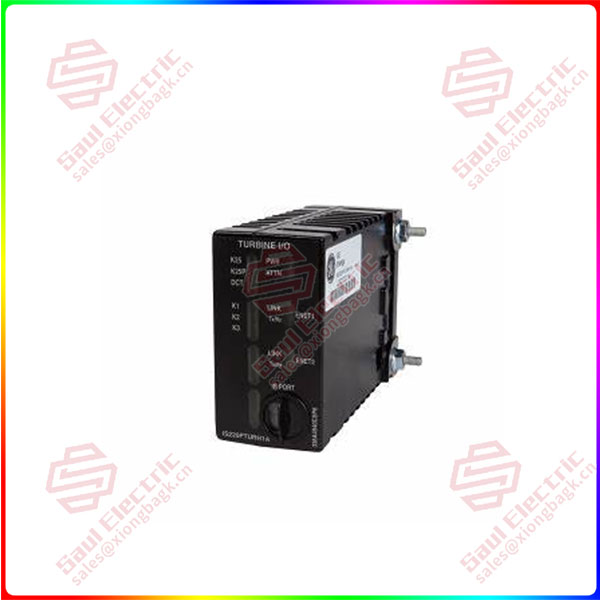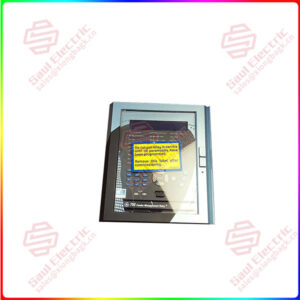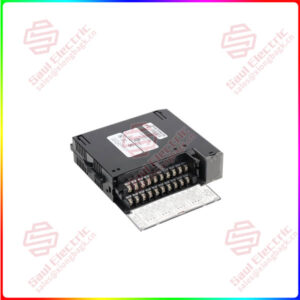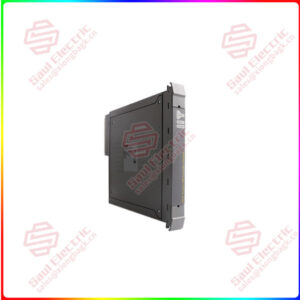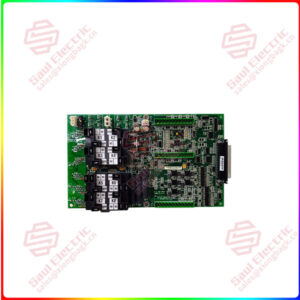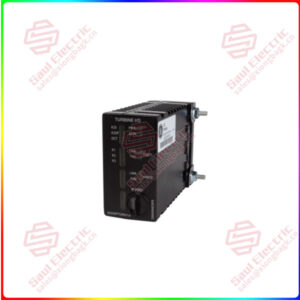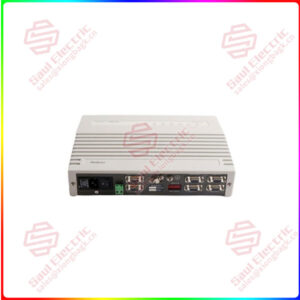Description
Overview
Essential details:IS220PAOCH1A ANALOG OUTPUT MODULE
lf you need to inquire or purchase ,please send the product models to my email or call medirectly .
sunny He
[Email] sales@xiongbagk.cn
[Mobile] 86-18059884797
[WhatsApp] 86-18059884797
[Skype] sales@saulcontrol.com
VIA0703D02F0000 SERVO MOTOR
- There is a BPPB processor board within the PAOCH1A.
- The controlST* Software Suite V04.06 and later supports the functionally compatible BPPC found in the PAOCH1B.
- Only the analog output terminal boards TBAOH1C and STAOH1A/H2A indicated in the accompanying table are compatible with the PAOC.
- PAOC I/O PACK INSTALLATION:
- Mount the selected terminal board firmly.
- Directly connect the PAOC I/O pack(s) to the connector on the terminal board (s).
- Using the threaded studs next to the Ethernet ports, mechanically fasten the I/O pack(s). The studs slip into a mounting bracket made for the particular style of the terminal board.
- It is important to position the bracket such that the DC-37 pin connector connecting the I/O pack and the terminal board is not subjected to right-angle forces. In the course of the product’s service life, the adjustment should only be necessary once.
- Depending on the setup of the machine, connect either one or two Ethernet wires. Either port will work with the I/O pack. If When using dual connections, it is customary to link ENET1 to the network connected to the R controller.
- Connect the connector on the side of the PAOC to provide power to the I/O pack. Because the I/O pack has an inherent soft-start feature that regulates current inrush on power application, it is not essential to turn off the power before plugging the cable in.
- If necessary, set up the I/O pack using the ToolboxST* program. Press F1 to bring up the Component Editor’s help menu.
ANALOG OUTPUT HARDWARE:
Eight simplex 0-20 mA analog outputs with 18 V compliance are included in the PAOC. An external transistor amplifier is controlled and driven by a 16-bit digital-to-analog converter (DAC), which also controls the output current. To alert the control if the internal temperature of the pack becomes too high, a temperature sensor is built inside the board. Additionally, each analog output circuit has a mechanical normally-open relay that controls whether the output is enabled or disabled. When the disabled relay is turned off, the output flows via the relay and opens a circuit between the customer load attached to the terminal board and the analog output of the PAOC. The location of the mechanical relay is signaled by an LED using the second normally-open contact of the relay.


 1 Year Warranty
1 Year Warranty
